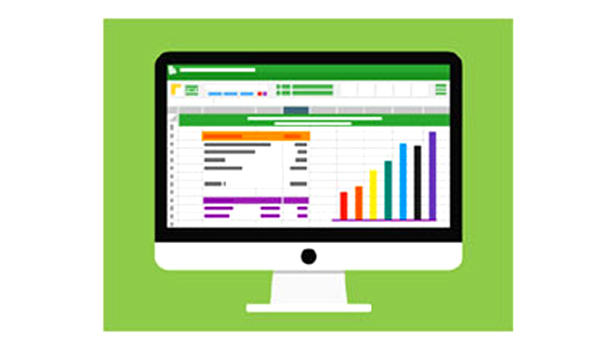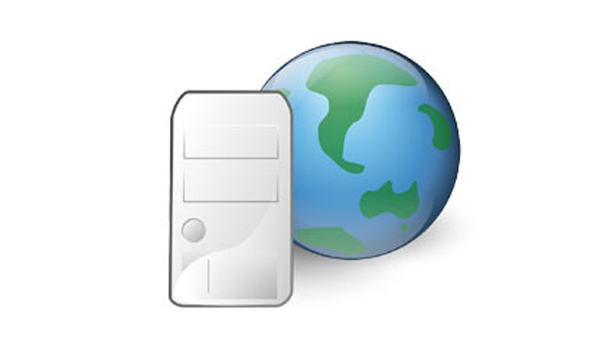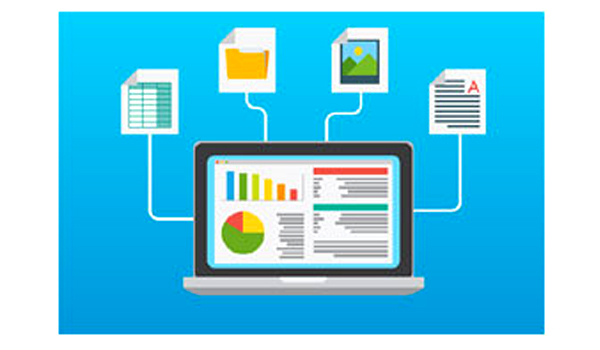Data Governance
Data governance refers to all the actions taken by companies to ensure data is reliable, accurate, and accessible.
Updated: December 2, 2023

Data governance refers to all the actions taken by companies to ensure data is reliable, accurate, and accessible. The steps companies must take, the procedures they must adhere to, and the technology that will support them throughout the data life cycle are outlined in it. Internal guidelines or policies which regulate how data is collected, handled, analyzed, and destroyed is established in it.
Data governance is an important element of the overall governance framework of any organization because it ensures that data is managed in a way that supports the strategic objectives of an organization.
Data governance software is used by many organizations to ensure the availability, usability, and integrity of data. Compliance with external standards established by governmental organizations, business associations, and other stakeholders is another aspect of data governance.
Data scope, Organizational structure and corporate hierarchy, Data standards and policies, Oversight and metrics are certain things which are universal within the data governance framework.
Processes and documentation, Data integrity and Audits and quality assurance are elements of data governance. Organization using data governance can make quicker and better decisions, enhance cost regulation, improve regulatory compliance, gain the confidence of clients and suppliers, easily control risk and enables more people to access data.
Elements of data governance
- Data Policies
- Data Stewardship
- Data Quality Management
- Metadata Management
- Data Classification and Standardization
- Data Security and Privacy
- Data Access and Authorization
- Data Lifecycle Management
- Data Governance Council
- Data Training and Awareness
- Data Compliance and Auditing



